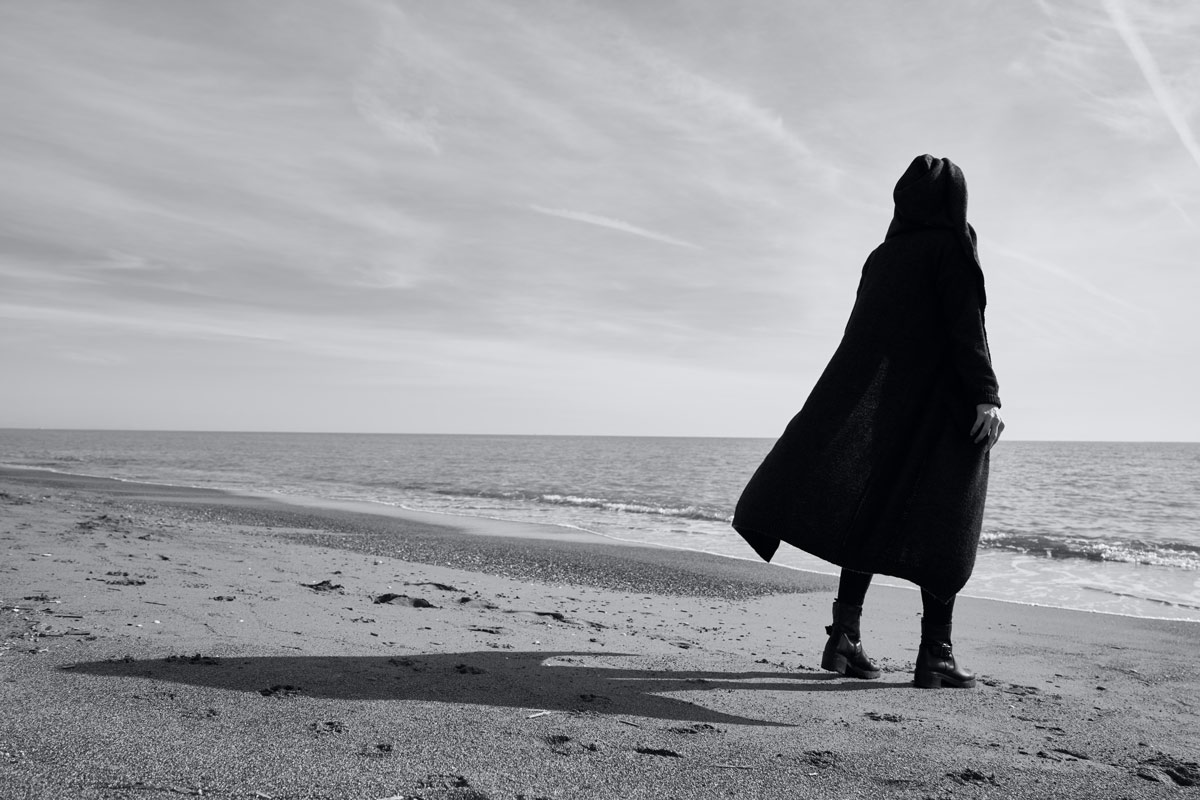Minimalism in conceptual photography is a powerful approach that emphasizes simplicity, clarity, and the reduction of visual elements to their essential forms. It involves distilling an idea or concept down to its purest visual representation, allowing viewers to focus on the core message or emotion. Here are some key aspects of minimalism in conceptual photography:
Simplified Compositions
Minimalist conceptual photography often features clean and uncluttered compositions. By eliminating unnecessary elements, distractions, and visual noise, photographers can create images that convey a sense of calmness, clarity, and focus. This simplicity allows the central concept or idea to shine through.

Negative Space

Negative space plays a crucial role in minimalist photography. By incorporating empty or unoccupied areas within the frame, photographers create a sense of balance, harmony, and breathing room. Negative space can also draw attention to the subject or the key elements within the image.
Essential Elements
Minimalism encourages the use of only essential elements to convey the concept or idea. Photographers carefully select and include only what is necessary, stripping away any extraneous details. This deliberate decision-making creates a sense of visual purity and amplifies the impact of the subject or message.

Subtle Details

While minimalism aims for simplicity, it can also involve subtle details that add depth and intrigue to the image. These details may be understated or hidden, requiring closer observation from the viewer. They can enhance the overall concept or introduce a layer of complexity within the minimalist frame.
Color and Contrast
Minimalist photography often employs a limited color palette, focusing on subtle tones or high-contrast compositions. The careful use of color or contrast can enhance the visual impact, highlight specific elements, or create a sense of visual harmony within the image.

Emphasis on Lines and Shapes

Minimalist photography often utilizes strong lines, geometric shapes, or patterns to create visual interest and structure. These elements add a sense of order, rhythm, and balance to the image, contributing to its overall impact and reinforcing the concept being conveyed.
Conceptual Abstraction
Minimalism in conceptual photography can involve abstracting the subject or concept to its most basic form. By reducing the subject to simple shapes, silhouettes, or even just a suggestion, photographers challenge viewers to actively engage with the image, filling in the gaps with their own interpretation and imagination.
Emotion and Contemplation

Minimalist conceptual photography can evoke a wide range of emotions, from serenity and tranquility to introspection and contemplation. The intentional use of minimal elements and negative space invites viewers to slow down, reflect, and connect with the underlying concept or idea on a deeper, more intimate level.
Minimalism in conceptual photography embraces simplicity as a powerful means of conveying ideas and emotions. By distilling the visual elements to their essence and focusing on the core concept, minimalist photographers create images that leave a lasting impact on viewers, provoking thought, engaging emotions, and allowing for personal interpretation.

your tips are really too good. thank you.
wow. lovely article